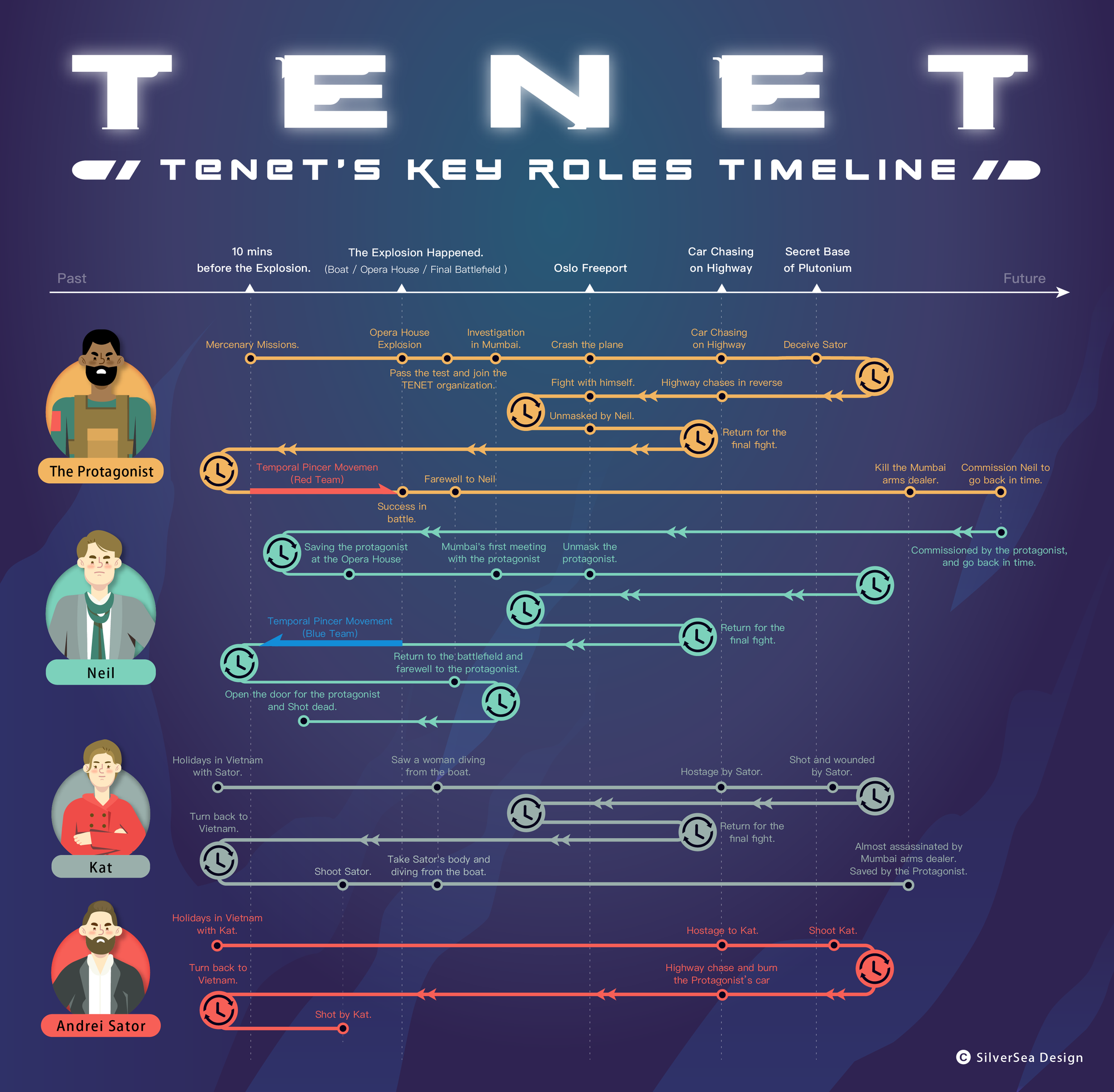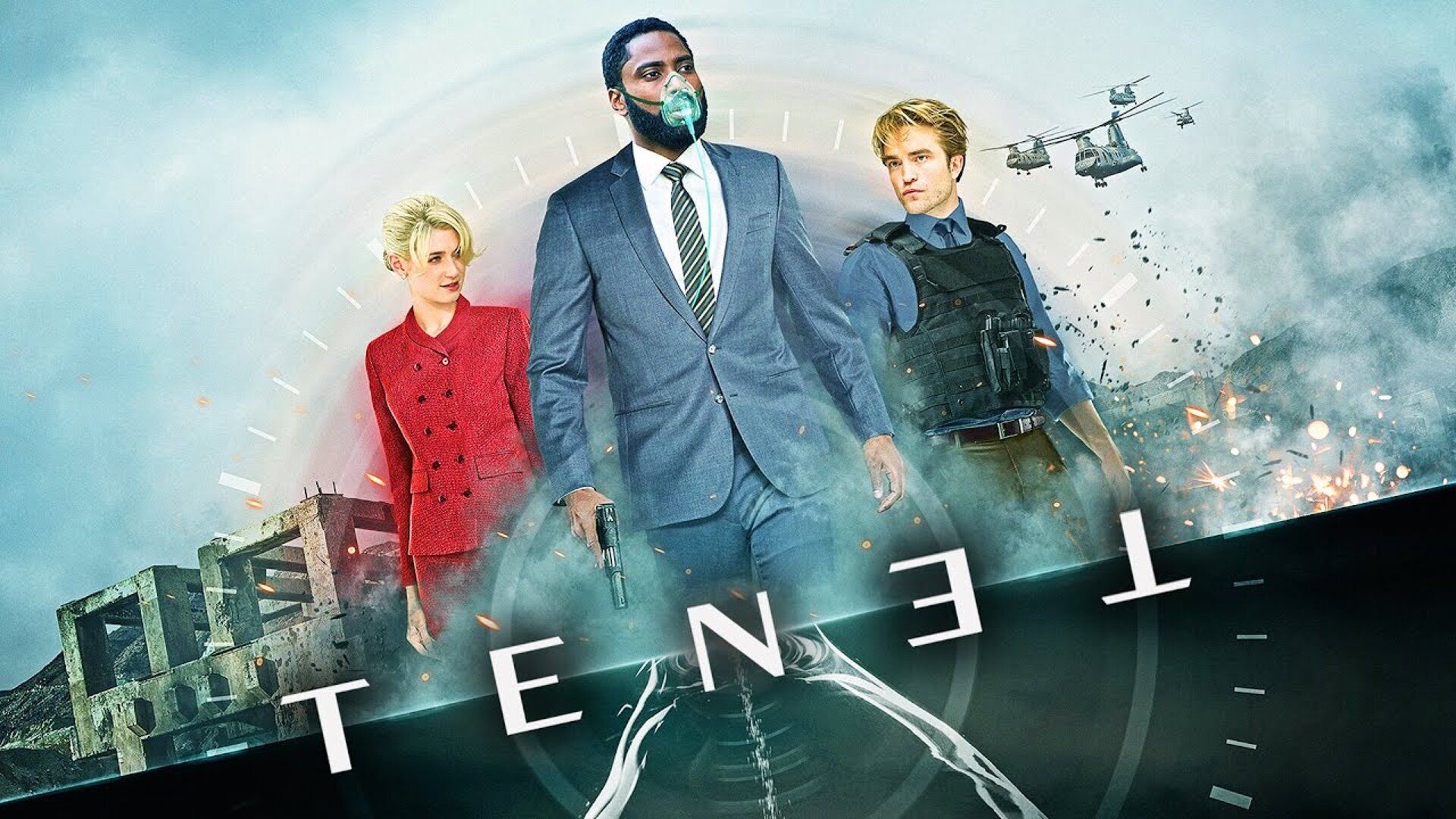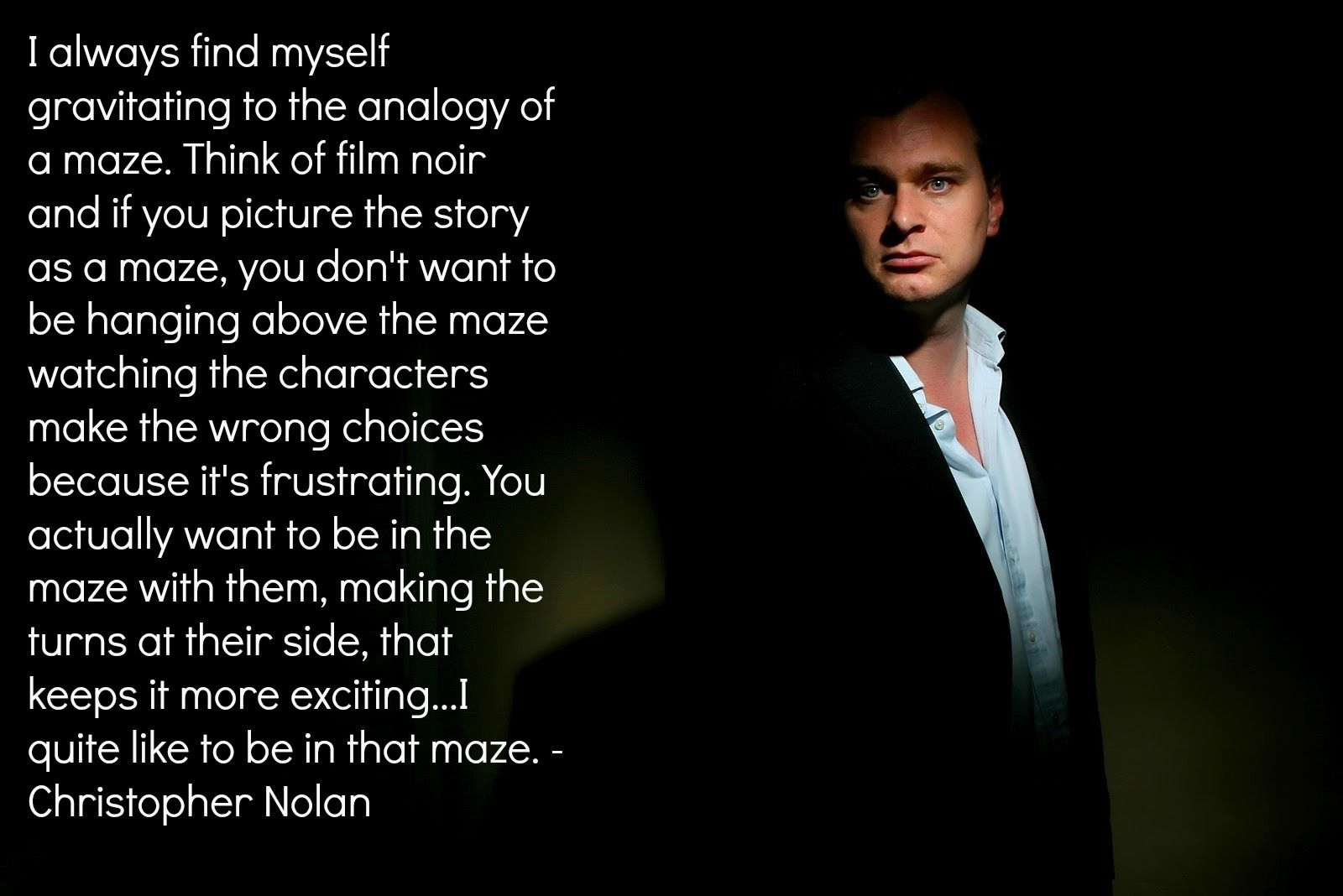Tenet: Understanding the Mechanics of a Temporal Heist
Reversing disorder, inverting time

Spoilers for the movie, Tenet, follow. Proceed with caution!
I was sold on the first trailer of Tenet just because it had time manipulation. Of course, it is another matter that I am a huge fan of Christopher Nolan and love his filmmaking style. So, I was really looking forward to watching the movie. I resisted the urge to watch any of the trailers.
After multiple delays due to restrictions on theatre openings because of the Covid situation, the movie released in theatres in my city earlier this month. I got a chance to watch the movie at this time and let me tell you, it was really, really worth it.
The Science of Tenet
Nolan has made use of some basic principles of thermodynamics for the core explanation of the mechanics of temporal reversal. It is not time travel but merely reversing time. Instead of things moving forward, time will be reversed causing events to rewind or as they put it, invert.
By the second law of thermodynamics, all natural processes flow towards the increase of entropy (or disorder) of the system. Basically, heat flows from hot to cold because this increases the entropy of the system. The more entropy we generate, the less energy we have left over to do useful work. This is what governs the arrow of time.
For eg., if you drop an ice cube into a glass of water, the ice will melt and the become into a disordered liquid mixing with water. You will not observe this process in reverse, the water reforming into an ice cube because entropy decreases in that case. However, Nolan makes use of this reversal, which inverts the arrow of time.

When the entropy is decreased in a system, it inverts the process of decay and leads to the increase of order of the system, a reformation of sorts. This is what Nolan makes use of in the movie. The future is a desolate place and they have no option, but to reverse the flow of entropy, to invert time and undo the chaos wrought on earth.
Christopher Nolan reawakens my love for science and always makes me glad for what I learnt. I felt esp. smart when I could grasp the concepts portrayed in the movie. "Reverse Entropy": hell, yeah!
I also came across this short story by Issac Asimov (Author of famous Sci-Fi like I, Robot) that ponders on the concept of reverse entropy. It is quite an interesting outlook. You can read that story here.
The Main Set Pieces
The movie can be broken down into 3 main scenes: the Opera siege/final battlefield, the Oslo Freeport break-in and the highway chase. We can consider the showdown at Stalsk-12 happening in parallel to the Opera siege. The movie works like a palindrome and can be viewed both in forward and in reverse. It starts where it ends with the interchangeable middle.

The main players on the board are: the protagonist, Neil, Kat and Andrei Sator. It is interesting to note their interactions with each other and at certain points, their own past/future selves. Whether it be at the Freeport when the protagonist fights with a masked enemy or just a offhand look of Kat looking at a mysterious woman jumping of Andrei's yacht, there are always clues in the scene of when the future interacts with the past.

A Heist Movie
At it's core, Tenet is a heist movie with multiple heists, each inter-connected in some way to the other.
- The opening Opera siege, where a secret agent is to be extracted
- Oslo Freeport, where a painting is to be extracted (does not go as planned)
- The Highway chase, where plutonium-241 is to be stolen from the truck transporting. The heist on the move is one of the finely put together heists, though it does involve a certain suspension of disbelief. This is evident when the truck drivers do not instantly realize they are being boxed in as the vehicles around them start closing in.
And then comes the time inversion:
- The Highway chase, where the 241 algorithm piece is to be retrieved (but is then lost to Andrei).
- Oslo Freeport, where Kat is to snuck through the turnstile.
- The closing battlefield at Stalsk-12, where the assembled algorithm is to be extracted before it is sealed for the future.
It is an interesting execution on Nolan's part to keep the plot moving and keep us at the edge of our seats as one heist transitions into the next. It is only when I stepped back and saw the whole picture that I could see the pattern.
The heists reminded me of GTA V and the heist missions in the game. I could easily see Michael, Franklin and Trevor getting together the vehicles to pull off the highway heist and then armed to the teeth, having a shoot out to escape it.
Temporal Pincer movement
The temporal pincer movement is a strategic use of time inversion. One team operates in real time and the other works in inverted time. This allows both the teams to inform each other and take the required steps to make a coordinated attack, a pincer closing in for the kill.

It is initially hard to wrap your head around the concept, but the above diagram illustrates it simply. This is the reason why Sator's team always seems well prepared for the attack in the movie. The forward team informs the reverse team on the strategy to be followed. It takes some getting used to and you can see it is a smart use of time inversion.
The Future vs. the Past
The inversion of time is by agents sent from the future done because they have no choice but to turn the clocks back. Every generation is only worried about itself. Nolan makes the interesting observation that we have doomed our future, so why should they care about us?
It is one of the core morals to take away from the story. The Future is fighting with the Past, but it is the Past that began the War on the Future. Our planet is heading to an inevitable end and this is just as a result of choice made by our generation.
My Final Thoughts
I went in with no spoilers and it was fun trying to understand the plot and predict the direction it was going in. It is hard for me to be surprised by movies nowadays, but I love that Nolan goes the extra mile and still blindsides me with a small detail I missed earlier in the scene. Nolan makes use of the concept of Chekov's Gun to the best, placing clues in early scenes that pay off well later in the movie.
There is a quote I found of Christopher Nolan, where he takes the analogy of the maze. Like he says, I actually found myself be in the maze of Tenet, keeping an eye out for what stood out and yet engaged with characters, worried about how they would get out of the corner.

Temporal movies are my favorite and yes, I got the word "temporal" from this movie. It covers a wider branch of movies than just "time travel" and brings in a wide range of time manipulation under it.
For posterity's sake...
